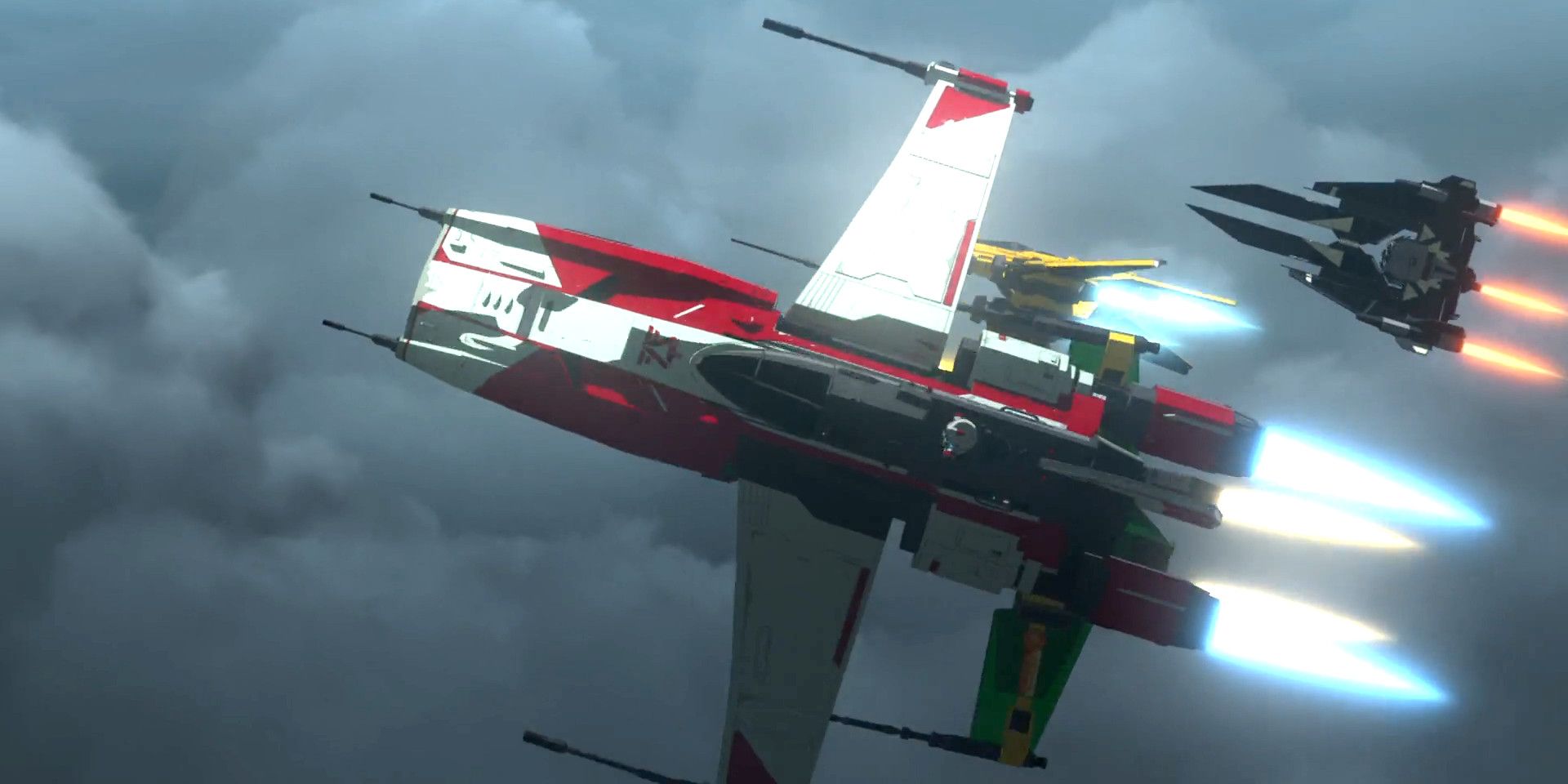In a fit of nostalgia this week, I appeared on a podcast (Mastering Dungeons; long-time listener, first-time guest) talking about Fate, of all things. I was ostensibly there to talk about campaign creation, but I was, uh, all over the place. It brought up a lot of thoughts about Fate in general, some of which made it into the conversation, but many of which stayed on my page of notes (I had notes). And I thought, hey, if I were still blogging regularly, this could make a plausible blog post. So that's what it is now.
These are just things that, IMO, make Fate really shine.
Play honestly. I talked about this a little on the podcast, but Fate is not a game that's overly concerned with things like balance and action-economy. If you go into it looking for ways to exploit the system, you will find them, and you will make the game less-fun for you and everyone at the table. Play the character your aspects say you are; conversely, give your character aspects that make them a fun, integral part of the story rather than an efficiency-machine. Given Fate's roots in the Amber Diceless Roleplaying Game and the goals of its creators, it should come as no surprise -- if I had a nickel for every time I've heard Lenny Balsera say "F#ck balance," I'd have about 35 cents. Let us also heed Ryan Macklin's famous warning that "The math will f#ck you." I may have those attributions reversed, or maybe they've both said them, possibly simultaneously at the Big Bar on 2 at Origins. Regardless, nothing but respect for these two foul-mouthed kings and their massive contributions to our beloved Fate.
Rename skills and approaches. This really only applies if you're making your own campaign, but for a Fate game set in a very particular time and place, I think one of the best things you can do to set the tone is to tailor your game's skills and/or approaches (or whatever your equivalent) to match. Fisticuffs instead of Fight. Skullduggery instead of Deceive. That kind of thing. Til Dawn's approaches -- Chill, Dark, Fabulous, Fierce, Shady, and Technical -- are a great example of this. They don't correspond to FAE's usual Careful, Flashy, et al., but they indelibly lay out what your mindset should be as a player or as a GM. This is a game about futuristic, gender-bending mecha-DJs getting in and out of drama while musically battling it out with other futuristic, gender-bending mecha-DJs on stage. Imagine how much less evocative that'd all be if its approaches weren't so distinctive.
Go hard against the PCs. Don't hold back, GM. If it gets too hot for the player, they can always concede. In fact, make getting them to concede a primary goal, when the story warrants it. To do this, start with overpowering your major NPCs. The PCs have a top skill of Superb (+5)? Cool, this guy has Legendary (+7) Skull-Cracking. The players will frequently have a fate-point advantage over you, and an easy way to compensate for that is by just upping the skills/approaches of your important NPCs. Just keep the focus on offense. A superhuman ability to avoid damage will make for a superhumanly boring badguy. Overpowered antagonists virtually force the PCs to work together, creating advantages for each other and coming up with creative solutions beyond "I guess I hit him again." That dynamic is one of Fate's key strengths, IMO, so lean into it.
"Save your fate points for being awesome." You can't really talk about how to run a great Fate game without invoking (no pun intended) Morgan Ellis, whom I associate closely with these wise words. Setting aside the profound life-lesson this phrase represents to me, the idea here is to value what your character can do by spending your fate points on exciting action rather than avoiding the repercussions of someone else's action. Not to say that you should let yourself get taken out of a conflict, but don't pillow-fort and fritter away your precious narrative currency on playing it safe. Take some stress. Take consequences. Hell, take all the consequences, then concede and get more fate points to spend on being awesome later. The one tiny bit of Fate that I think everyone can agree isn't the greatest (how's that for diplomatic?) is that a successful defense doesn't explicitly force the fiction to change. Success with style gets you a boost, and a tie gets the attacker a boost, but there's that little two-shift range in there where kinda nothing happens. We don't like that. So really, there's no reason to not just take a point or two of stress instead. And then you can spend the fate point you saved on being awesome later on.
But do spend your fate points. Sort of a corollary to the above. The worst way to end a session of Fate is with a pile of fate points in front of you. What a waste! You probably earned those fate points with compels and GM-manipulation, so spend them already. One way you can at least limit the hoarder's tendency to hoard is by making the players "discard" fate points down to their refresh at the end of each scene. Or if you want to be more severe, refresh could double as your fate point maximum as well (although that could cause problems of its own, but that'd be a whole other blog post). Point is (again with the unintended puns!), spend 'em if you got 'em. They're not doing anyone any good otherwise. Spend fate points, be awesome.
I think that's it, and honestly this went way beyond my notes, so it ended up being more thorough than I'd expected. But now I want to hear from you, as seemingly every YouTuber says at the end of a video. What's your advice for getting the most out of Fate? And thanks again to Shawn and Teos of Mastering Dungeons for having me on.





















